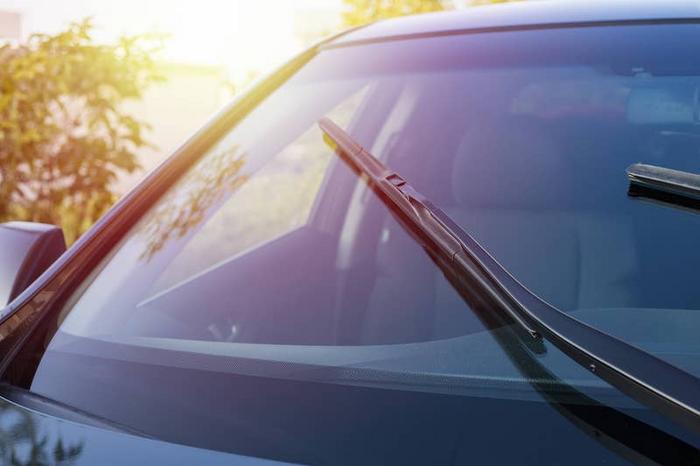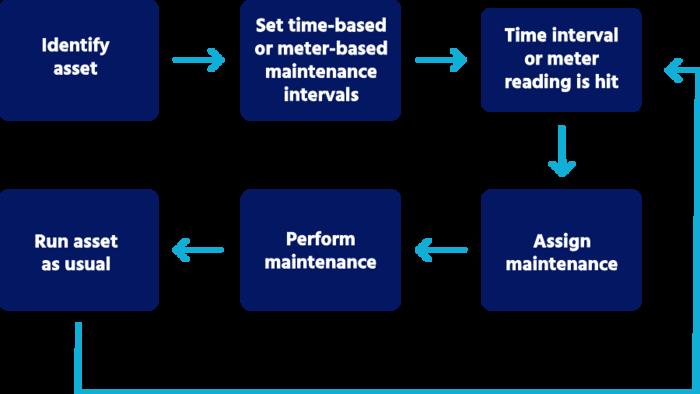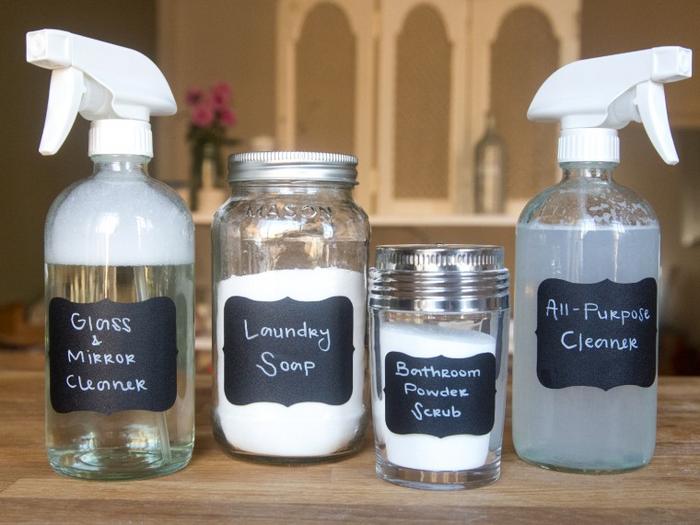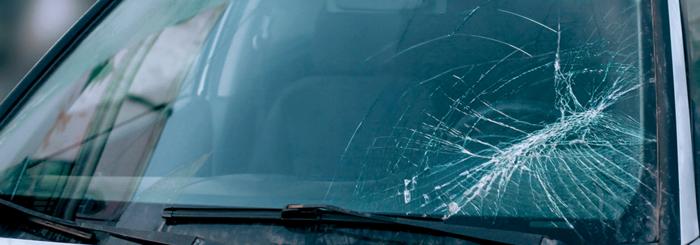Have you ever noticed a mysterious film building up on the inside of your windshield, seemingly overnight? I vividly remember a day when my windshield was so blurred that I struggled to see the road ahead. As an engineer, I was driven to find a solution, not just because this film was inconvenient, but because I understood how crucial windshield clarity is for vehicle performance and safety. I learned that the film is often the result of volatile compounds from the interior materials of your car, mingling with dust and moisture. The rest of my journey taught me how to effectively prevent and manage this issue, ensuring not only a clear view of the road but also enhancing overall driving safety. In this article, I will share insights on understanding the nature of this film, the factors contributing to its formation, and proven techniques for maintaining and restoring your windshield’s clarity.
What Causes the Film on Windshields?
Environmental Factors

Ever wondered how the environment can amplify the fogging on your windshield? Drawing on my experience as a Jeep engineer, I’ve witnessed firsthand how environmental factors play a crucial role in exacerbating car interior film and windshield fogging problems. It’s not just an issue of visibility, but also safety, as a fogged windshield can significantly impair your driving.
The primary culprits often stem from the climate outside. Extreme temperatures can dramatically influence the rate at which film accumulates on your windshield. On a sweltering day, the heat not only causes chemicals from the dashboard and interior materials to evaporate more rapidly, but it also aids in their deposition on the glass surface. Conversely, during frigid conditions, moisture levels inside the vehicle can rise, leading to increased condensation and fogging—each breath you take contributes to this fog. High humidity also tends to exacerbate these effects, making it a persistent battle. Understanding these environmental interactions is pivotal to maintaining a clear view through your windshield and ensuring a safer driving experience all year round.
Next, we’ll delve into how manufacturing materials contribute to this issue and explore effective strategies to combat it.
Manufacturing Materials

Did you know that the materials in your car’s interior can be silently affecting your windshield clarity? As an automotive enthusiast focused on vehicle materials, I’ve spent years uncovering how vehicle outgassing and plastic compositions impact our driving experience. The materials used in manufacturing car interiors, especially the plastics in your dashboard, might be slowly releasing fumes. This process, known as outgassing, results from the chemical components in these plastics breaking down over time, contributing to a sort of foggy film on your windshield.
These plastic dashboard fumes rise, cool against the glass, and leave a residue—forming the oft-discussed film. The chemical nature of modern car interiors ensures comfort and style, but they sometimes come at the cost of clarity through the windshield. Understanding these materials’ behavior is crucial for maintaining that critical clean view while driving. Through my work, I have seen firsthand how regular maintenance can lessen the impact of these hidden effects, setting the stage for effortless clarity. Next, we’ll discuss practical steps in maintaining your windshield.
How to Maintain Your Windshield
Regular Cleaning Techniques

Have you ever had to squint through a dirty windshield? Learn how to keep yours crystal clear. Keeping your windshield in top condition hinges on understanding and implementing effective regular cleaning techniques, crucial for both safety and aesthetics. I often reach for the best windshield cleaners that are specifically designed to tackle that stubborn, hazy film that can accumulate over time. This film is not just a cosmetic issue; it can significantly impair visibility and make driving downright dangerous.
In my experience, a combination of the right products and consistent application is key. Opting for cleaners that are both effective and safe ensures that you don’t damage your car’s surfaces while keeping that glass pristine. Don’t overlook the importance of a microscopic cleaning approach—sometimes, the residue left behind by inferior products contributes more film than it removes. Mastering these techniques is all about maintaining that perfect clarity, empowering you to enjoy a crisp, unimpeded view of the road ahead. Consistent cleaning not only enhances safety but also prolongs the life of your windshield, playing an integral role in overall car maintenance.
Preventive Measures

What if I told you that small changes in your car maintenance could save you from costly repairs related to windshield visibility? As someone who’s navigated harsh off-road conditions, I can assure you that preventive measures are key in maintaining your windshield’s clarity. My engineering background has revealed that even the slightest changes in your routine can have a significant impact.
A common culprit in film buildup is the car interior film, caused by plastics and chemicals within the vehicle cabin. By regularly venting the interior to reduce this emission, you can significantly decrease the chances of it adhering to your windshield. Furthermore, consider applying specialized cleaning products that not only clean but also prevent windshield film. These products form a protective barrier on the glass, minimizing the accumulation of contaminants.
Implementing these strategies can extend the life of your windshield’s clarity. From my experiences, these proactive steps are not just about maintenance; they’re about ensuring safety and visibility, ultimately saving time and money. Now that you’ve taken preventive measures, let’s delve into effective removal techniques for any existing film buildup.
How to Remove Film from Your Windshield
DIY Cleaning Solutions

Why spend money on commercial cleaners when a simple DIY solution might do the trick? Drawing from my experiences in rugged, off-road scenarios where conventional cleaning products often fall short, I’ve honed techniques for the most effective windshield cleaners that anyone can make at home. When it comes to tackling that stubborn hazy film on your windshield, understanding the right ingredients is key. A mixture of distilled water, white vinegar, and a few drops of dish soap can form a potent blend that rivals many store-bought options. This straightforward solution not only cuts through grime but also restores clarity and shine effortlessly.
Maintaining a clear windshield is crucial, especially when you need maximum visibility on unpredictable terrains. Through trial and error, I’ve found that these DIY methods outshine products claiming miraculous results. By embracing such approaches, you not only save money but also control what’s involved in cleaning, minimizing chemical exposure. This hands-on solution empowers you to undertake regular maintenance efficiently, ensuring that environmental particulates don’t cling and cause lasting damage.
Professional Help

At what point should you throw in the towel and call in a pro to handle your windshield woes? With years of hands-on engineering and repair experience under my belt, I’ve faced the stubborn sticky haze on various vehicles’ glass. Sometimes, despite applying the best windshield cleaning tips and relentlessly trying to prevent windshield film, that cloudy residue just won’t budge. It’s crucial to recognize when a seasoned professional can provide the expertise you need.
Professional services often use specialized equipment and stronger cleaning agents, precisely calibrated to tackle persistent film without damaging the windshield. This is especially important in cases where the film is caused by incorrect or subpar materials used in manufacturing. I’ve seen DIY attempts that inadvertently cause more harm than good.
Choosing the right service doesn’t have to be daunting. Look for reputable technicians who come highly recommended and communicate clearly about their cleaning processes. This professional support ensures your windshield stays pristine, improving both visibility and safety. Remember, investing in expert help can be a smart move to maintain your vehicle’s integrity in the long run, seamlessly blending advanced techniques with tailored care—something most of us can’t achieve in the driveway alone.
FAQs
What causes the film on my windshield?
How can I effectively remove the film from my windshield?
What regular maintenance can prevent film buildup?
Conclusion
As I reflect on the insights shared, maintaining the film-free clarity of your windshield is crucial for your vehicle. It’s not just about visibility; maintaining your windshield contributes to overall vehicle safety and longevity. This film can often stem from environmental factors and residue from manufacturing materials that gradually impair your view. Through my extensive automotive background, I’ve seen firsthand how neglecting this aspect can lead to bigger issues down the road. By adopting regular cleaning techniques and embracing preventive measures, you can effectively safeguard your driving experience. Simple DIY solutions can tackle minor films, while complex cases might require professional intervention to ensure optimal results. Remember, a clean windshield is more than just a matter of aesthetics; it’s a safety measure that enhances your driving confidence. By keeping your windshield clear, you’re not just preserving your vehicle today, but also investing in its reliability for the future.